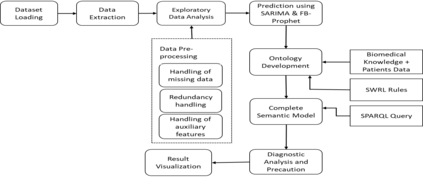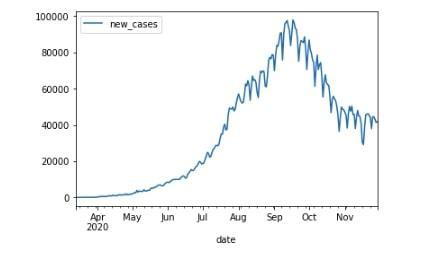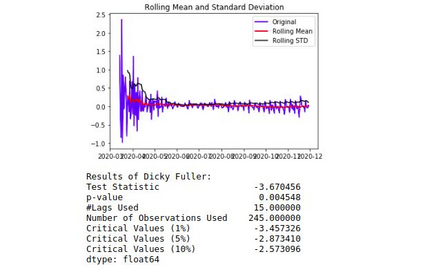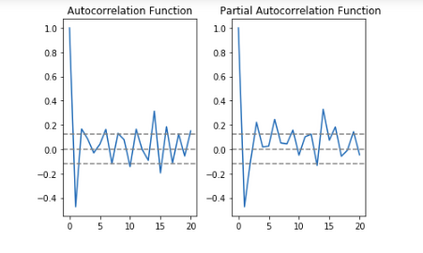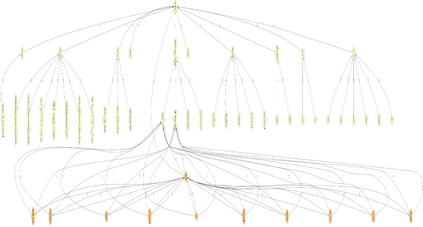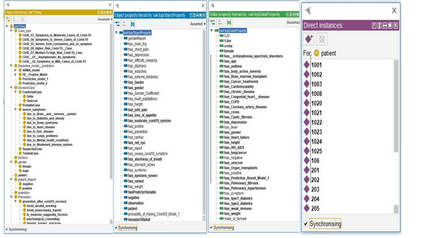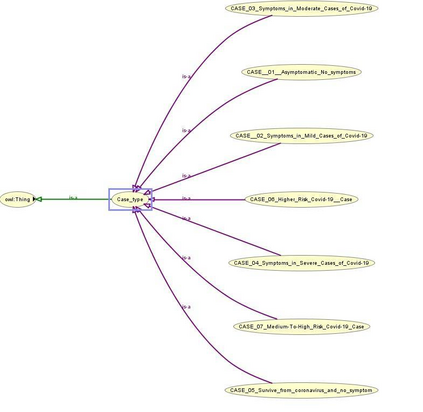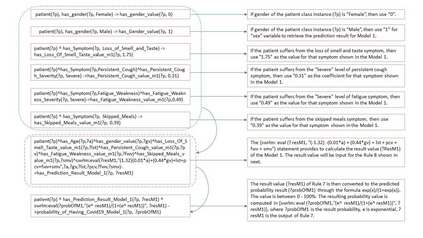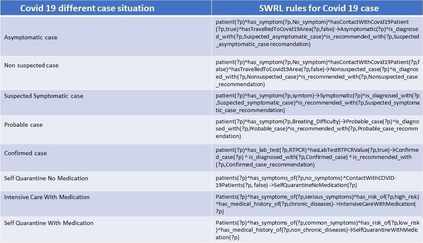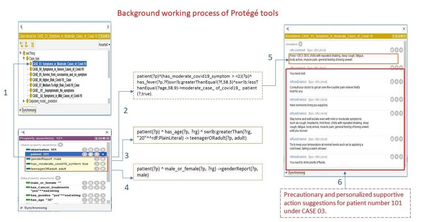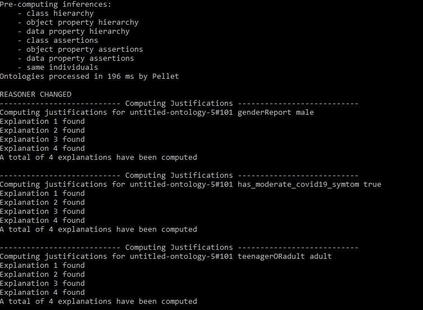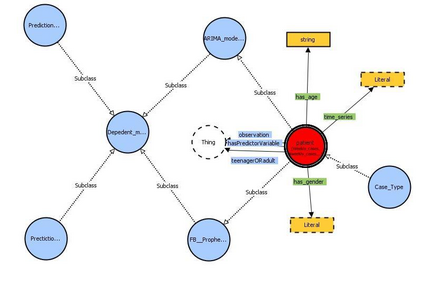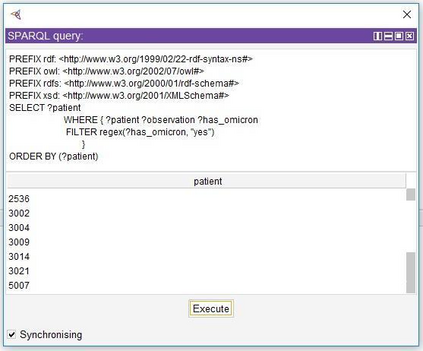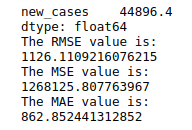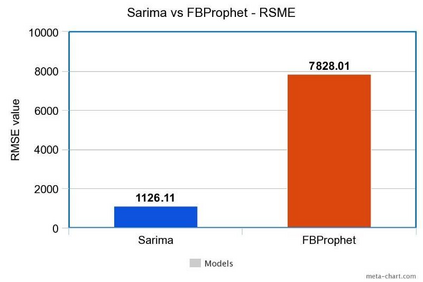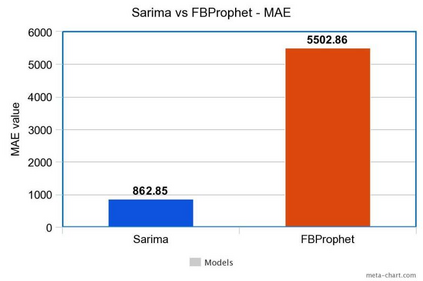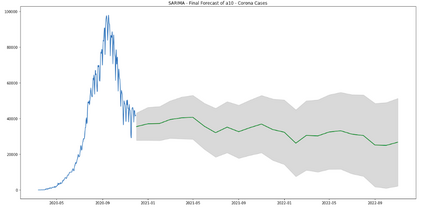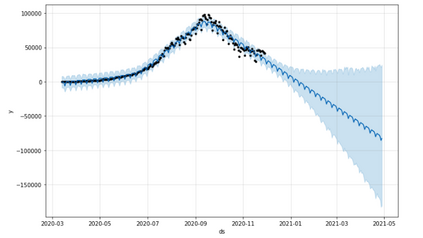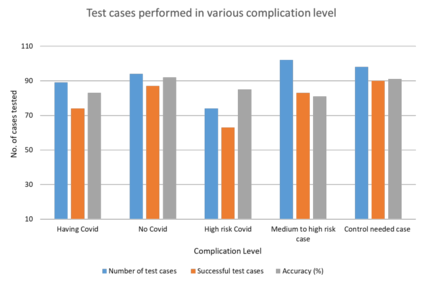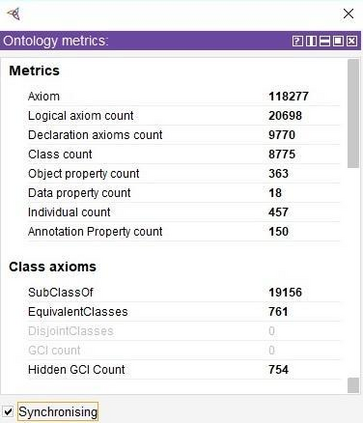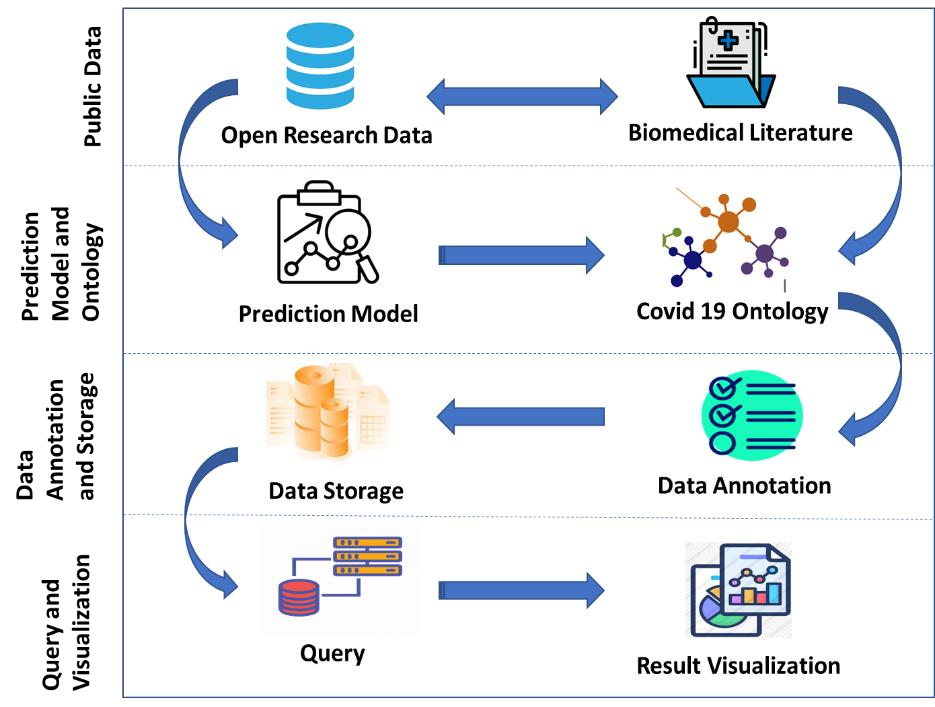SARS-COV-19 is the most prominent issue which many countries face today. The frequent changes in infections, recovered and deaths represents the dynamic nature of this pandemic. It is very crucial to predict the spreading rate of this virus for accurate decision making against fighting with the situation of getting infected through the virus, tracking and controlling the virus transmission in the community. We develop a prediction model using statistical time series models such as SARIMA and FBProphet to monitor the daily active, recovered and death cases of COVID-19 accurately. Then with the help of various details across each individual patient (like height, weight, gender etc.), we designed a set of rules using Semantic Web Rule Language and some mathematical models for dealing with COVID19 infected cases on an individual basis. After combining all the models, a COVID-19 Ontology is developed and performs various queries using SPARQL query on designed Ontology which accumulate the risk factors, provide appropriate diagnosis, precautions and preventive suggestions for COVID Patients. After comparing the performance of SARIMA and FBProphet, it is observed that the SARIMA model performs better in forecasting of COVID cases. On individual basis COVID case prediction, approx. 497 individual samples have been tested and classified into five different levels of COVID classes such as Having COVID, No COVID, High Risk COVID case, Medium to High Risk case, and Control needed case.
翻译:19 SARIS-COV-19是许多国家今天面临的最突出问题。感染、康复和死亡的频繁变化代表了这一流行病的动态性质。预测这一病毒的传播速度对于准确决定如何应对通过病毒感染、跟踪和控制病毒在社区传播的情况非常重要。我们利用SARIMA和FBPROPET等统计时间序列模型开发了一个预测模型,以准确监测COVID-19病人的日常活动、恢复和死亡案例。随后,在每名病人(如身高、体重、性别等)的不同细节的帮助下,我们设计了一套规则,使用Sermantic Web Rules 语言和一些数学模型单独处理COVI19感染的案件。在综合了所有模型之后,开发了一个COVI-19 Ontolog, 利用SPARQL 查询设计了各种问题,以积累风险因素,为COVID病人提供适当的诊断、预防措施和预防建议。在比较SARIMA和FBPROPH的绩效之后,我们观察到,SARIMA模型在预测COVI的个案中进行了更好的预测,并测试了CVI COVI的中期案例。


